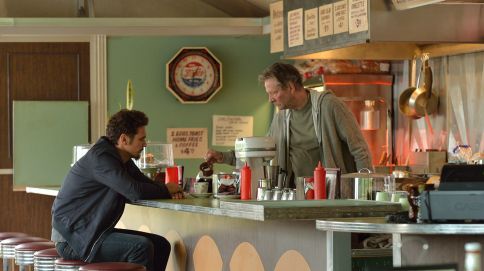"There is money; spend it; spend it; spend more; spend all I
have."
--Shakespeare, The Merry Wives of Windsor
“Financial literacy is critical to the prosperity and well-being of
Canadians. It is more than a nice-to-have skill. It is a necessity in today’s
world.”
--The Task Force on Financial Literacy
When I was old enough to start receiving an allowance, my father gave me
three little boxes of varying sizes. The largest box was for Long-Term Savings.
That was for big, more expensive things that may take several months or even a
year to save for. The medium-sized box was for Short-Term Savings. That was for
toys or books that I might be able to get after saving for a few weeks or
months at the most. The tiniest box was Mad Money, which 98% of the time went
to purchasing the chocolate bar or candy I was allowed to have once a
week.
It was up to me how I divvied up my allowance, but for say a $10
allowance the breakdown usually went as follows:
Mad Money: $2
Short-Term: $5
Long-Term: $3
My father is a highly intelligent man and is financially-savvy; he gets
it from his mother, my Nana, who is a shrewd investor. In my life now, even
though I am not an expert, I have a healthy respect for saving, investing, and
planning my finances. I have a couple points to my story:
1. It is important to teach children these skills while they're young
2. Not everyone has the same access to financial literacy and education
at home, which is why we need it in our schools.
This brief video from EduGains
highlights some key points of financial literacy in Ontario classrooms. Financial
literacy is something that should undeniably be part of the Ontario curriculum.
I can hardly think of a more useful skill for helping prepare students for
lives as independent adults than the principles of budgeting, saving,
insurance, taxes, etc. As the EduGains video on Financial Literacy Highlights
for Educators states, every aspect of life involves money and finances at some
level.
Financial
literacy can be incorporated into any subject, as finances and spending relate
to so many different topics, and students can communicate their understanding
in so many different ways (write about it, act it out, draw it). Becoming
financially literate is also helpful in developing critical thinking,
decision-making, and consumer awareness. An indirect benefit of teaching
financial literacy is that it helps students understand the importance of being
lifelong learners, as their teachers may be learning aspects of financial
literacy along with them. Financial literacy also helps students develop
compassion. They can learn that not everyone earns the same amount of money or
has the same access to resources as they do, which can give them a greater
appreciation of what they have, and greater empathy for those that have less.
How Could We Incorporate Financial
Literacy Into the Classroom?
It would be possible to incorporate
financial literacy into the grade 7 “Natural Resources Around the World” unit.
I’m thinking specifically through expectation B3.2 which requires students to
“describe ways in which people use the natural environment, including specific
elements within it, to meet their needs and wants.” This provides teachers with
an opportunity to open up a conversation about needs and wants in spending and
resource allocation, applying it on both a micro and macro level through
thinking about individual and national needs and wants. Extending that further
could be B3.4, where students must “describe the perspectives of different
groups regarding the use of the natural environment to meet human needs.” It
would be important and in some cases mind-blowing for students to understand
that not every society is consumer-driven like Western society.
This is just one example, but financial
literacy can become part of lessons for many subjects, including Math, Art,
Social Studies, etc. What is a way you would incorporate it into your
classroom?






